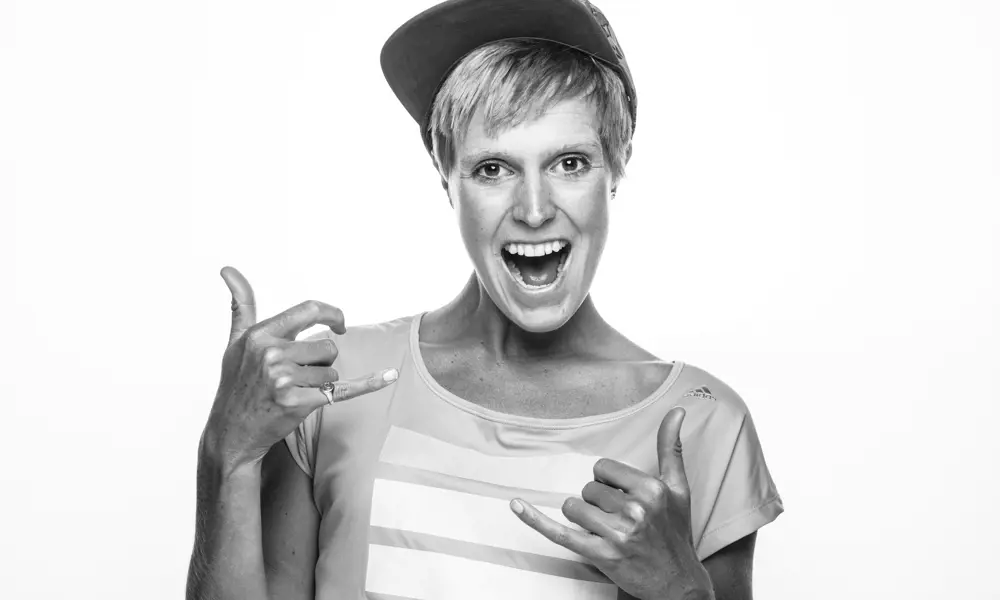
Q&A: Felicity Milton
Quick-fire facts
Age:
34
Qualifications:
MEng in mechanical engineering and MSc in entrepreneurship.
Biggest engineering inspiration:
Real-time health markets with biomedical solutions to match, and the work evolving from biomimicry to help reverse the impact of climate change.
Most-used technology:
My Macbook, iPhone and Apple Watch.
Three words that describe you:
Passion, persistence and resilience.
Why did you first become interested in science/engineering?
Design, sport, maths, and physics were my favourite subjects at school. They also had the added benefit of giving me more time in a workshop or on the sports pitch rather than at a desk in a classroom, which was always a big plus for me! I was intrigued by the engineering in sports equipment too – how can you tune the material in the midsole of a running shoe to provide maximum energy return for a certain cadance and force pattern? Then, you look at the human body, which gets even more interesting! Biomedical engineering is amazing, for example prosthetics that are connected to nerve endings and are an extension of the human body. I always saw engineering as less about jet engines and turbines and more as a way of improving human health and performance.
I always saw engineering as less about jet engines and turbines and more as a way of improving human health and performance.
How did you get to where you are now?
I didn’t choose a sports engineering or specific medical course but decided to keep my options open with a general mechanical engineering course at Durham University. I picked a degree where I could specialise in the final two years, which is when I took modules in biomedical and biomechanical engineering. While at university, I also started competing as a runner, which led to me getting offers from US universities to study and train out there. I applied to the Royal Academy of Engineering’s Engineering Leaders Scholarships scheme, which helped fund a trip to a sports engineering conference in Biarritz, where I met adidas’s senior director of engineering.
After Durham, I studied an entrepreneurial degree in the US while running for Oklahoma State. As part of that, I founded a business and was suddenly going in a different direction. The product I developed was related to sports engineering – an electro-conductive, graduated compression sock for the Achilles tendon, intended as a rehabilitation product that could be used on the go. I came back to the UK and took a master’s in biomechanical engineering at Loughborough University to take advantage of the university’s business incubator. The product is still patented and I secured some funding for it but the next step is clinical trials, which I found quite daunting and expensive at the time. Instead, I began an internship at adidas, using my engineering background to work through the whole development pipeline, from 3D design and development to factories and marketing.
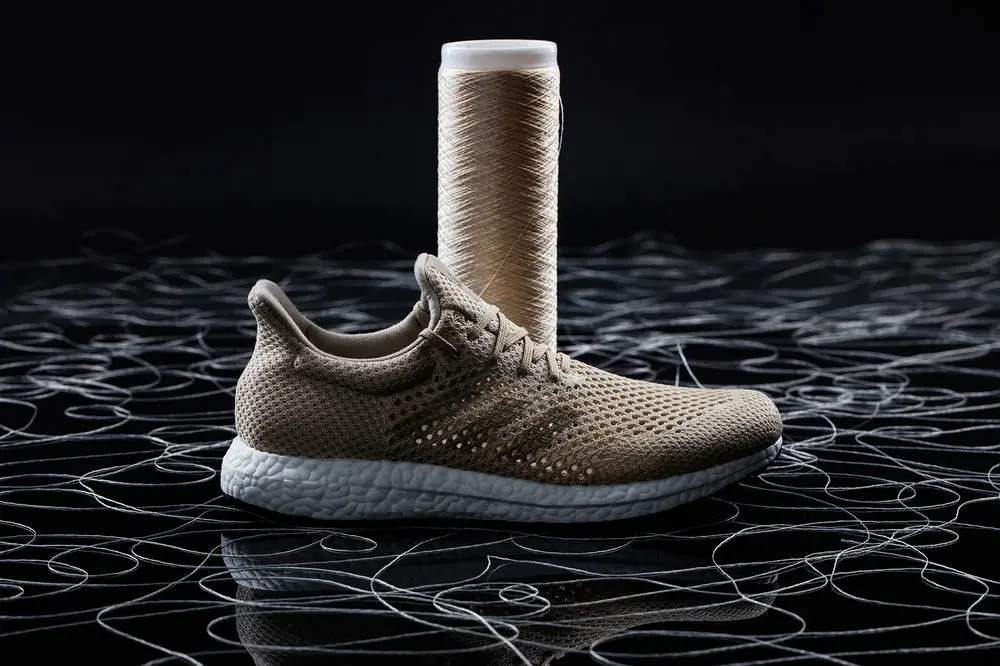
The world’s first performance shoe made from Biosteel Fibre®. The adidas Futurecraft Biofabric is 100% biodegradable through a fully natural process, moving beyond sustainability into a new territory of bionic innovation © adidas Group
What is your favourite thing about being an engineer?
I don’t do much engineering at the moment, but I do work very closely with lots of engineers. What I enjoy now is that not every opportunity has to come from a new technology, instead an old technology might be perfect for filling a gap in a specific market.
I also think it’s important that engineers are driving new technology from a consumer or environmental need: adidas’s focus is on the environment now. We want to achieve a circular economy by creating a shoe made from one material that can be continuously recycled. People could rent a shoe for the duration of its life, then it’s taken back, recycled and a new one comes out for the owner. Eventually, the aim is to not even need the recycling process because that uses water and energy, so maybe using biodegradable products that can perform to a high standard instead. This kind of materials science and engineering is fascinating.
What does a typical day at work involve for you?
The pandemic has had a big impact on my role. At the moment, it’s a lot of Zoom meetings and screen time! Before COVID-19, I was really focused on business model innovation and we were experimenting with democratising creativity; using robotic technology and the wealth of design, development, legal, production, digital, and distribution competencies that adidas has to enable creative consumers to co-create our products with us, connecting them to their consumers in the process. Unfortunately, that’s all on hold at the moment and now my main focus is e-commerce – our number one, always on store – pivoting our strategy and operating model so that we are able to respond and react to what consumers want and need when other stores or outlets are closed. We wanted to continue to reflect culture and celebrate sporting moments during a very difficult year for consumers and our company.
What would be your advice to young people looking to pursue a career in engineering?
The landscape now is so different, with so many opportunities. The routes into engineering are really exciting, so think about where you want to learn and maybe intern at a startup or smaller platform business model. Bigger corporations and the more traditional route have lots of benefits too, for example being able to make mistakes in a more protected environment. But if you’re really passionate and know what you want, be careful not to listen to too much advice! If you’re enjoying something, it doesn’t really feel like a job and by nature you’ll excel at it.
What’s next for you?
More of the same would be fun! I think at some point in the future, I’ll go back to the startup world. I’ve really enjoyed being able to have an entrepreneurial role within adidas, which is great. Walking that line between the startup world and the corporate world is really what I love.
Health has been at the forefront of all our minds this year, and the work that startups have been doing in this area, especially in the US, has been so valuable. One day I hope to make the transition from sport to health tech.
***
This article has been adapted from "How I got here- Felicity Milton", which originally appeared in the print edition of Ingenia 86 (March 2021).
Keep up-to-date with Ingenia for free
SubscribeRelated content
Design & manufacturing
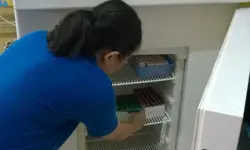
Super cool(er)
Welsh startup Sure Chill has developed a cooler that uses the properties of water to keep its contents cool for around 10 days without electricity. This is ideal for storing items such as vaccines where electricity sources are unreliable.
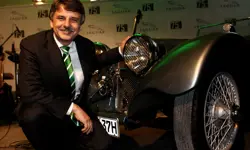
R&D investment makes good business sense
In just five years, Dr Ralf Speth FREng has presided over a revolution in design and manufacturing that has helped create a new family of engines and has overhauled Jaguar Land Rover (JLR) production facilities.

Steel can arise from the ashes of coal
Thousands of people were laid off in the UK steel industry in 2015 and there are pessimistic future forecasts. Professor Sridhar Seetharaman of the Warwick Manufacturing Group argues that smaller, flexible steel mills implementing new technology would better cope with fluctuating global trends.
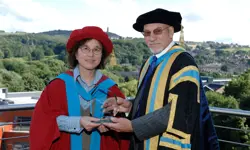
Integrating metrology in business and academe
Professor Jane Jiang’s interest in measuring began when she worked on a bus production line in China. She found that the best way to improve quality, consistency and productivity was through metrology, the science of measurement. Today, she runs the UK’s largest metrology research group.
Other content from Ingenia
Quick read

- Environment & sustainability
- Opinion
A young engineer’s perspective on the good, the bad and the ugly of COP27

- Environment & sustainability
- Issue 95
How do we pay for net zero technologies?
Quick read

- Transport
- Mechanical
- How I got here
Electrifying trains and STEMAZING outreach

- Civil & structural
- Environment & sustainability
- Issue 95